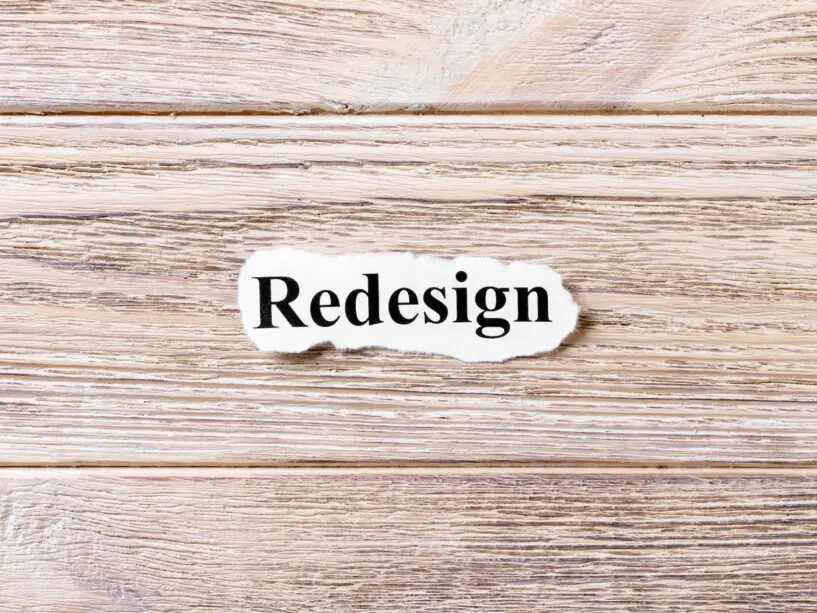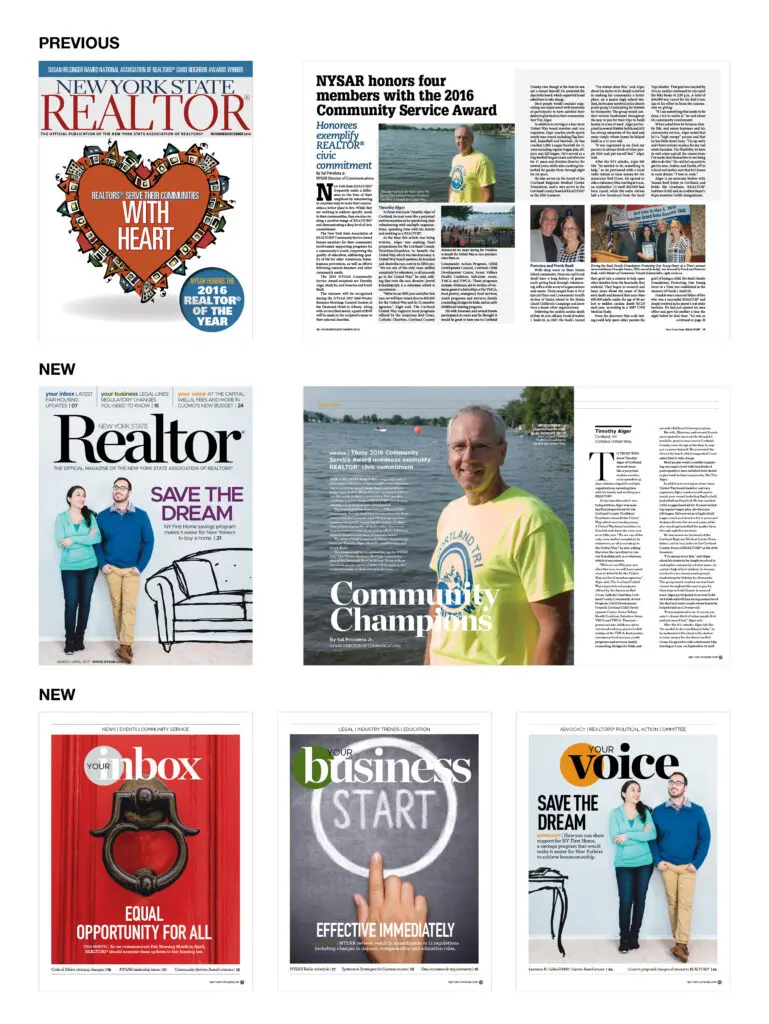Nine Signs It’s Time for a Publication Redesign

There’s a whole host of reasons to invest in a redesign of your magazine. Maybe your readers have grown apathetic toward it. Perhaps its look and feel have grown stale and outdated. Or maybe you just need something new and fresh to get you out of your current publishing rut.
The latest research from Association Media & Publishing (AM&P) shows that a good number of associations aren’t heeding the redesign call. According to AM&P’s 2017 Benchmark Survey, 33 percent of respondents haven’t redesigned their flagship publications in the past four years; another 19 percent haven’t redesigned in the past three.
How do you know if your association is overdue for a magazine redesign? We brought in the experts — a few members of our team of creative and experienced designers — to compile nine signs that it’s time for a redesign.
- You’ve Shifted Organizational Priorities.
Cynthia Currie, art director: “When organizational priorities change, a redesign can ensure that your magazine supports those goals. When we first partnered with the New York State Association of REALTORS® for its flagship publication, we centered our redesign on a new information architecture that would bring forward the goals of the association and the magazine. We reorganized the content and created a visual structure to highlight three key messages: news about the organization, information to help you improve your business, and advocacy work.”
- Your Members Show You It’s Time.
Gretchen Rund, art director: “If you conduct a formal or informal member survey and discover that members want to receive the publication but aren’t reading it, it’s time for a redesign.”
- You’ve Re-evaluated Your Content.
Currie: “A reevaluation of your content necessitates a redesign. Let’s say you want to add a whole new section to ensure your magazine reflects conversations you’re having in other avenues, like your Facebook page. Or maybe you want to change the focus of your content to break it down differently in certain areas. That can predicate a redesign. You can change your content, but unless you tweak your design, your readers likely won’t realize you’ve even made a change.”
- You Need to Keep Stakeholders Engaged.
Rund: “If you don’t redesign your publication from time to time, decision-makers in your organization can lose interest in it over time. At the same time, if you haven’t redesigned your publication in five years, and it’s looking stale, an incoming leader might not see the value in continuing that investment.
- You Want to Reinvigorate Your Magazine Team.
Rund: “A redesign can give a creative and motivational boost to your editors and designers, who can come up with fresh, innovative ideas. For a designer, a redesign is like getting a new computer. You think, ‘I can do so much more now!’”
- You’ve Strayed From Your Magazine Structure.
Rund: “Over time, the original structure of a magazine can fall apart. Rules get broken and departments begin to disappear. When we redesigned U.S. Geospatial Intelligence Foundation’s Trajectory magazine, we realized that the content was no longer naturally falling into the buckets originally set. So we rethought how we presented and organized that content.”
- You Need a Bump in Advertising
Currie: “Sometimes a redesign can lead to a bump in advertising revenue. An advertiser may be more willing to be present in a publication where the environment is more appealing to their brand.”
- You Want to Increase the Value of Membership.
Currie: “Your magazine reflects on the value of membership. It is likely sitting on members’ coffee tables next to publications like House Beautiful, Esquire, and Fast Company. If your magazine looks dated compared to those on their coffee table, you won’t be perceived as being up-to-date or informed, and that value will wane.
- It’s Just Time.
Currie: “One thing I learned in my previous life in the newsstand business is you have to redesign every three years, even if it’s a smaller refresh. Just like with technology, the pace of change in publishing is quicker than ever before, and a redesign is one way to stay visually current.”
The bottom line is that, like most things, if you don’t innovate, you will eventually die out. Throw away the notion, “if it’s not broken, don’t fix it.” You just might not recognize that it’s broken.



